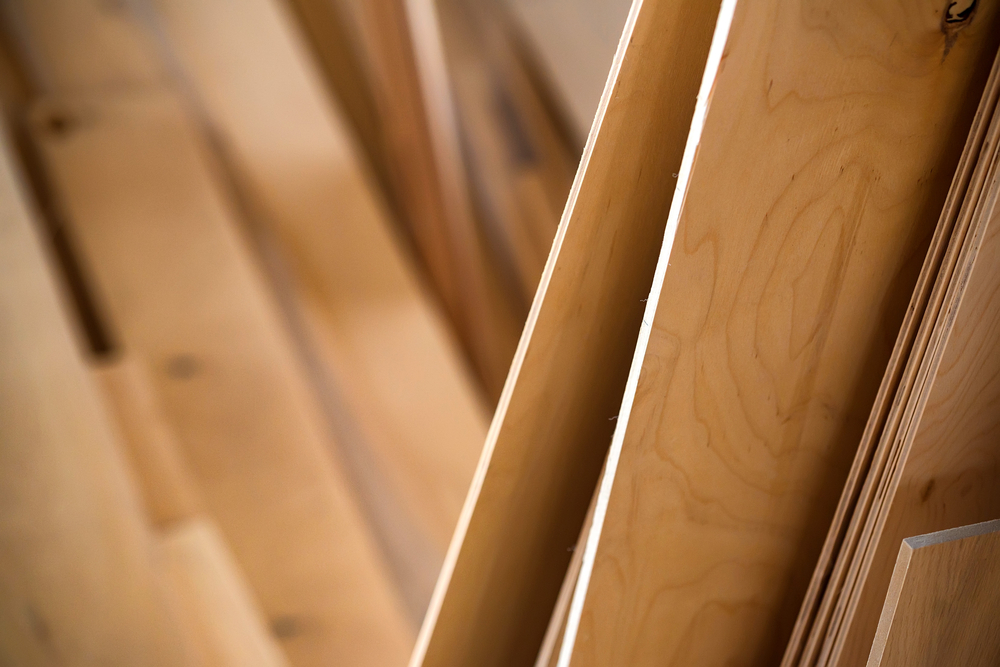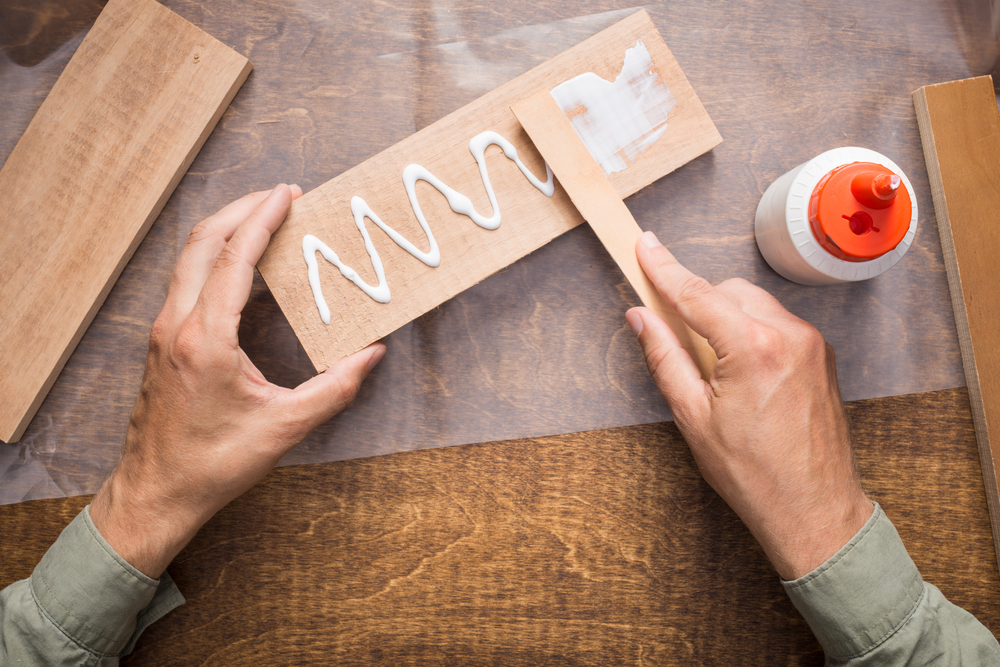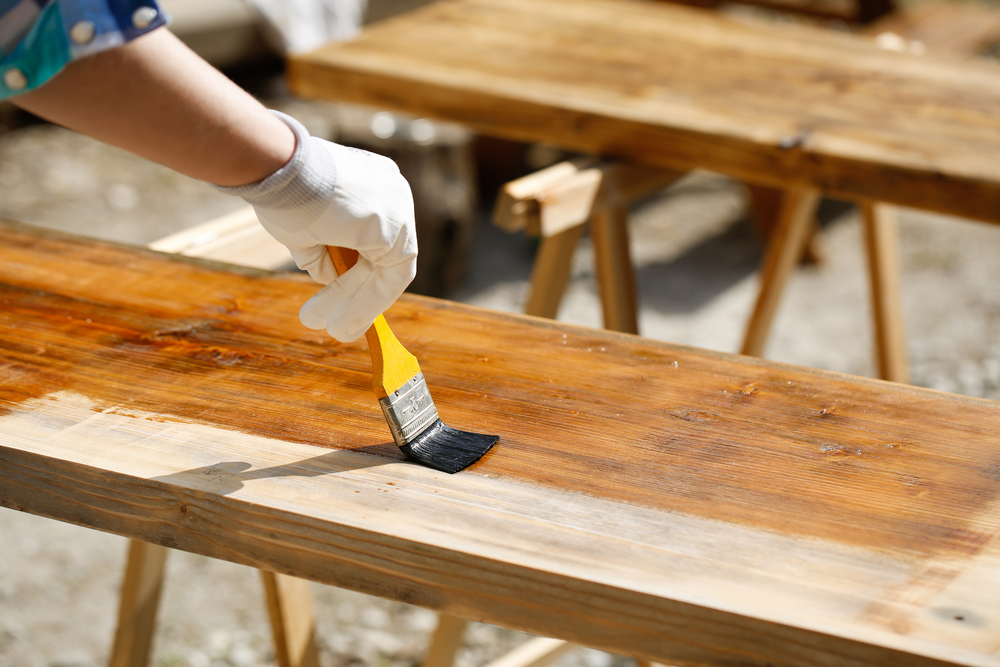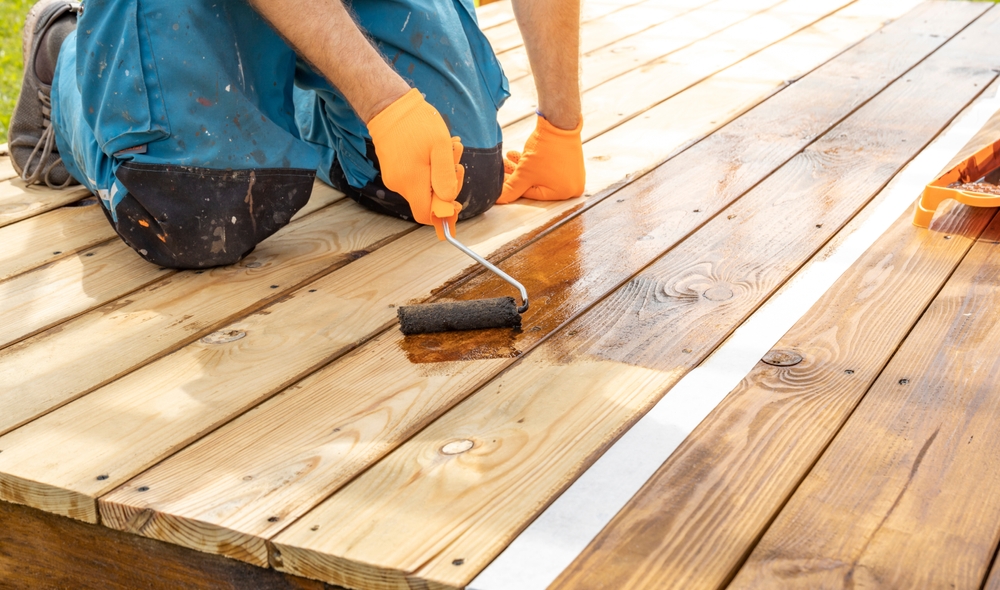Citristrip Stripping Gel: A Comprehensive Guide
Citristrip Stripping Gel is a popular choice for removing paint, varnish, and other finishes from surfaces. It’s known for its ability to work effectively without the harshness some chemical strippers possess. Unlike traditional paint strippers, Citristrip is safer to use indoors and stirs less irritation. Let’s explore the ins and outs of this product, how it works, and how to use it effectively.
What is Citristrip Stripping Gel?
Citristrip is a gel-based stripping agent. It’s designed to remove dried latex and oil-based paint, varnish, lacquer, and shellac from various surfaces including wood, metal, and masonry. The gel formula clings to surfaces, allowing it to work on vertical surfaces without dripping away. This makes it versatile for different projects.
Why Choose Citristrip?
Citristrip offers several advantages over other stripping methods. It’s non-caustic and has a pleasant citrus scent that makes it more user-friendly, especially indoors. The gel doesn’t evaporate quickly, so it remains active longer. This feature allows you to leave it on the surface longer to strip thick layers of paint or finish, which can be particularly helpful for intricate or multi-layered projects.
Understanding Application and Use
Before using Citristrip, proper preparation of the work area is crucial. Ensure you’re working in a well-ventilated space. Protect floors and surroundings with drop cloths or plastic sheeting to catch drips and residue. Personal protective equipment such as gloves and goggles is important to safeguard against skin or eye irritation.
To apply Citristrip, use a paintbrush with natural bristles for even application. Apply a thick layer of the gel onto the surface needing stripping. The gel should be applied generously to ensure it covers and penetrates the paint or finish layers effectively. It’s not necessary to rush; a slower, thorough application will yield better results.
Working Time and Effectiveness
After application, let the gel sit on the surface. The time it takes for Citristrip to work can vary depending on several factors: the number of paint layers, type of finish, and ambient temperature. Typically, you might see results in as little as 30 minutes, but for heavier coatings, it’s recommended to allow the gel to sit for 24 hours.
Using a plastic or metal scraper, test a small area after the recommended waiting period. If the paint or finish peels off easily, proceed to scrape the entire surface. For stubborn spots, reapply a small amount of Citristrip and allow additional time before attempting to scrape again.
Post-Strip Cleanup
Once the majority of the finish is removed, some residue will likely remain. Clean the surface with a cloth or scrub brush and soapy water. A clean rag can be helpful for wiping off any leftover gel. Repeat as necessary until all stripper and residue are removed. A final wash with mineral spirits may be required for some surfaces.
After the surface is completely clean, let it dry thoroughly. Sand the area gently to smooth any rough spots or raised grain from wood surfaces before applying a new finish. Ensure all traces of the stripping gel are gone to prevent interference with new applications of paint or finish.
Safety and Storage
While Citristrip is safer than many other chemicals, it’s essential to handle it correctly. Use in a well-ventilated area and avoid inhaling vapors. Always wear protective gloves and safety glasses during use. Store Citristrip in its original container, tightly sealed, in a cool, dry area. Keep it away from children and pets to prevent accidents.
Using Citristrip on Various Surfaces
Different surfaces may react differently to Citristrip. On wood, the gel can penetrate deep into the grain, which is useful for old paint removal. However, it may raise the grain of softer woods. On metal, Citristrip helps remove paint without scratching or damaging the surface. For masonry, it can assist in removing paint or sealers but may require follow-up cleaning for full effectiveness.
Common Mistakes and Tips
Avoid the mistake of leaving Citristrip on too long, which might make the residue more difficult to remove. Not allowing enough time can also result in incomplete stripping. Be thorough but patient. Always test a small, inconspicuous area first, to understand how the surface will react. This test helps determine the appropriate amount of gel and waiting time for your specific project.
Wash the surface well after stripping to remove all chemical residues before refinishing. Residues can affect the adhesion of new coatings. Prepping properly beforehand ensures the best results and a smooth, clean finish afterward.
Alternatives and Comparisons
Citristrip can be compared with alternatives like soy-based strippers and traditional marine-grade or caustic strippers. Soy-based strippers boast an environmental edge, but may not be as fast or effective on tougher surfaces. Caustic strippers tend to be more powerful and quicker but are harsh and require more safety precautions.
Choosing the right stripper often depends on the project scope, the surface material, and personal safety preferences. Citristrip balances effectiveness with user-friendly attributes that make it a solid choice for many DIY enthusiasts and professionals alike.
Final Thoughts on Citristrip
Citristrip Stripping Gel stands out as a reliable solution for various stripping needs. Its user-friendly properties and effectiveness on multiple surfaces are among the reasons for its popularity. Always follow product instructions and safety guidelines closely to achieve the best results while maintaining safety. Understanding its application can empower you in stripping projects, making tasks easier and efficiently tackled.






